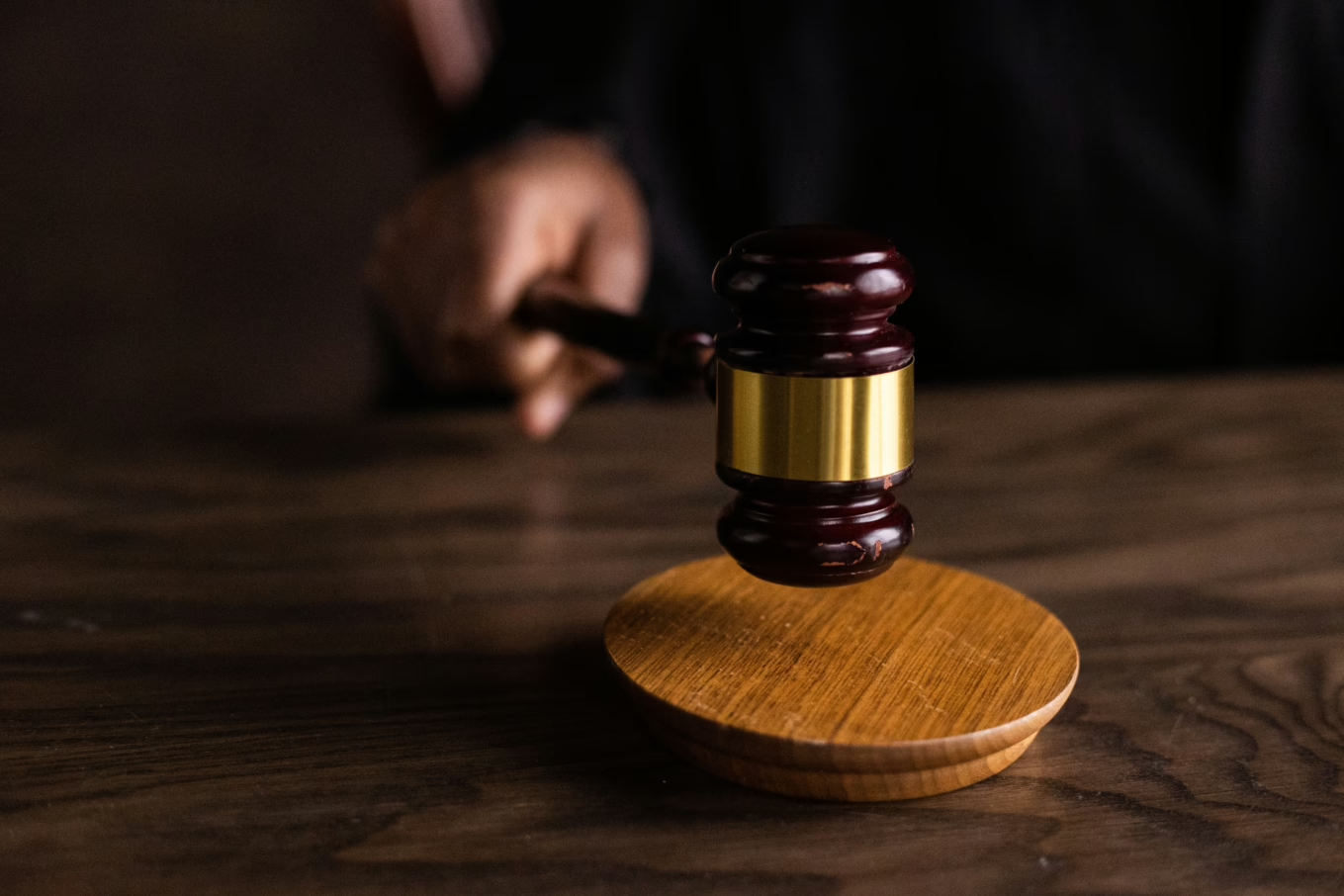
The Supreme Court has delivered its landmark verdict on how a “woman” should be defined under the Equality Act 2010 following a long-running legal battle between Scotland’s Government and a women’s rights group – For Women Scotland.
The dispute started in 2018 following the Sottish Parliament’s passing of a bill designed to ensure gender balance on public sector boards. For Women Scotland had contested the inclusion of transgender people as part of these quotas. What followed were several hearings in the Scottish Courts wherein the issue of whether transgender individuals with a gender recognition certificate (GRC) are entitled to sex-based protections, and the legal definition of a woman, were debated.
After a lengthy legal process, the case finally made its way to the British Supreme Court, and, on 16th April 2025, following months of careful consideration, hearing many arguments from both sides, the Supreme Court finally handed down its ruling that the Equality Act’s definition of a woman is based on biological sex. Lord Hodge was careful to note that this decision should not be viewed as a triumph for one side over the other but rather as a way of ensuring that the law remains coherent.
The decisions set out that the Equality Act was drafted using definitions of biological sex, and included gender reassignment as a separate characteristic.
For issues relating to pregnancy and maternity, the judgement sets out that they must only be interpreted as relating to biological sex.
This verdict has potentially far-reaching implications for how sex-based rights apply across England, Scotland and Wales, but provides clarity for the running of single-sex spaces and services, and how measures aimed at tackling discrimination will operate.
Regardless of the verdict, as Lord Hodge pointed out, it is important to note that trans people are still protected under the Equality Act and that parts of the Act do include references to certificated sex.
What does the Equality Act 2010 say?
Under the Equality Act 2010, it is against the law to discriminate against someone with a “protected characteristic”. These include:
Employers should be taking steps to ensure they are not directly or indirectly discriminating against any individuals based on these characteristics. This obligation is in place from the recruitment stage right through the course of the individual’s employment.
While it has now been clarified that “sex” refers only to biological sex, Gender Reassignment remains one of the nine protected characteristics and it is unlawful to discriminate against an individual on this basis. It is also unlawful to directly or indirectly discriminate or harass a trans individual in substance in their acquired gender.
What to do if you are facing discrimination at work:
If you believe you are being discriminated against at work, either on the basis of your gender identity or one of the other characteristics, it is important to be aware of your rights and protections under the Equality Act. In the first instance, you should look to speak with your line manager or HR representative to address the issue. Should this not resolve the issue, you could look to bring a formal grievance in line with your employer’s grievance policies. Seeking legal advice can also help provide you with support and guidance.
Here at Whitehead Monckton, our expert employment specialists are well equipped to support businesses and individuals alike. Whether by providing you with more information or by giving you guidance on the next steps, our team are always willing to help. To find out more, feel free to explore our website or get in touch to talk to one of our team members today.